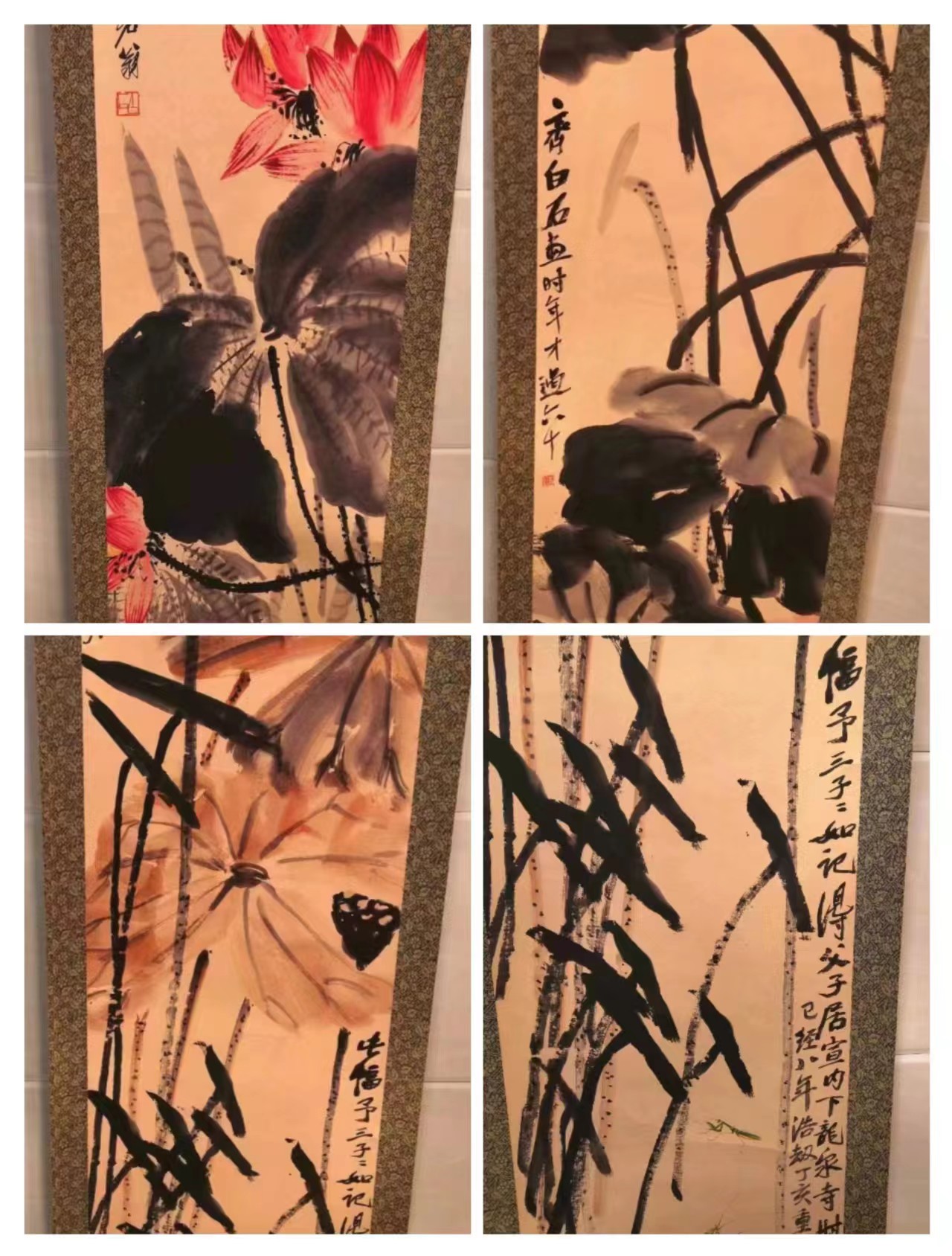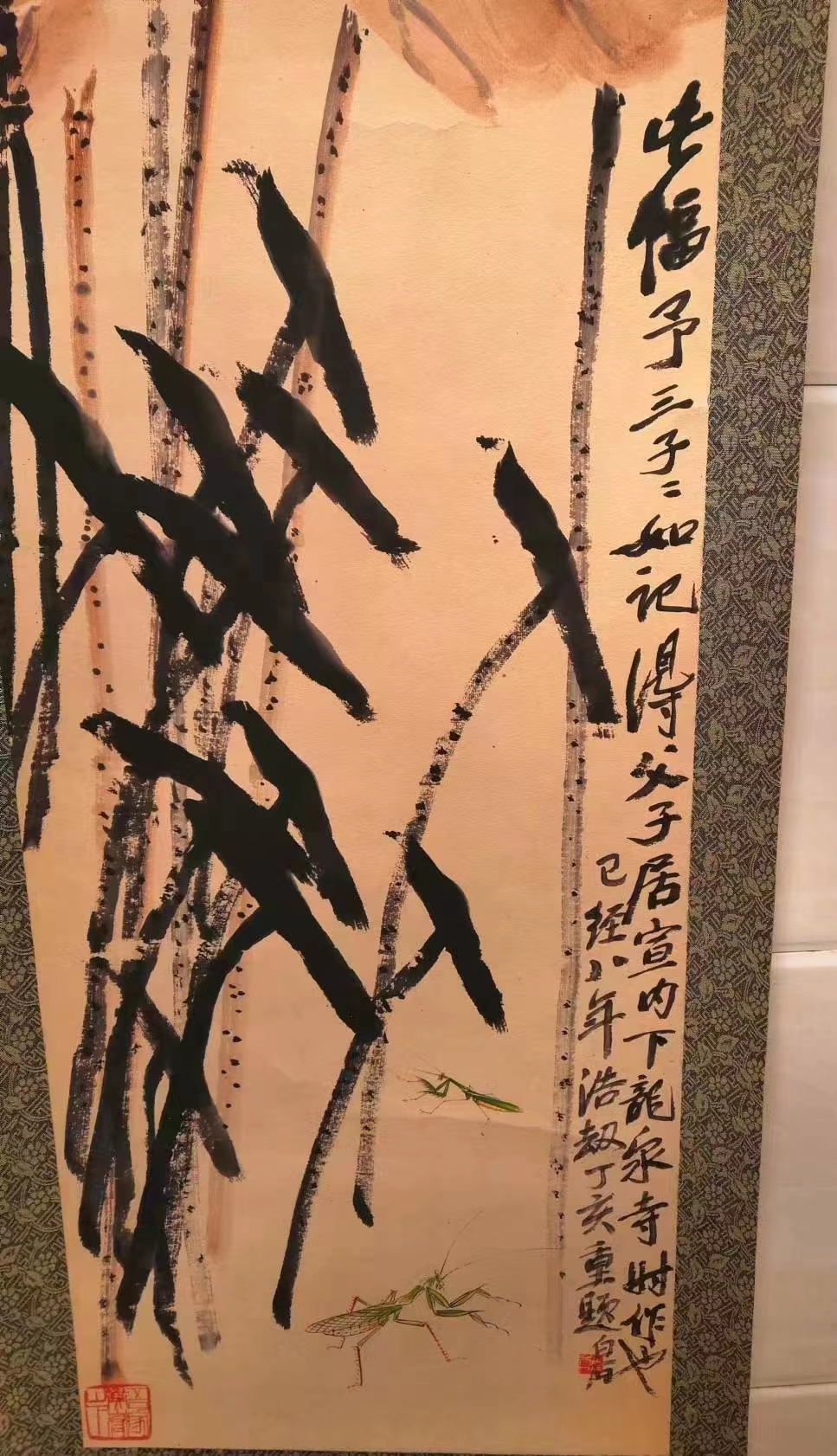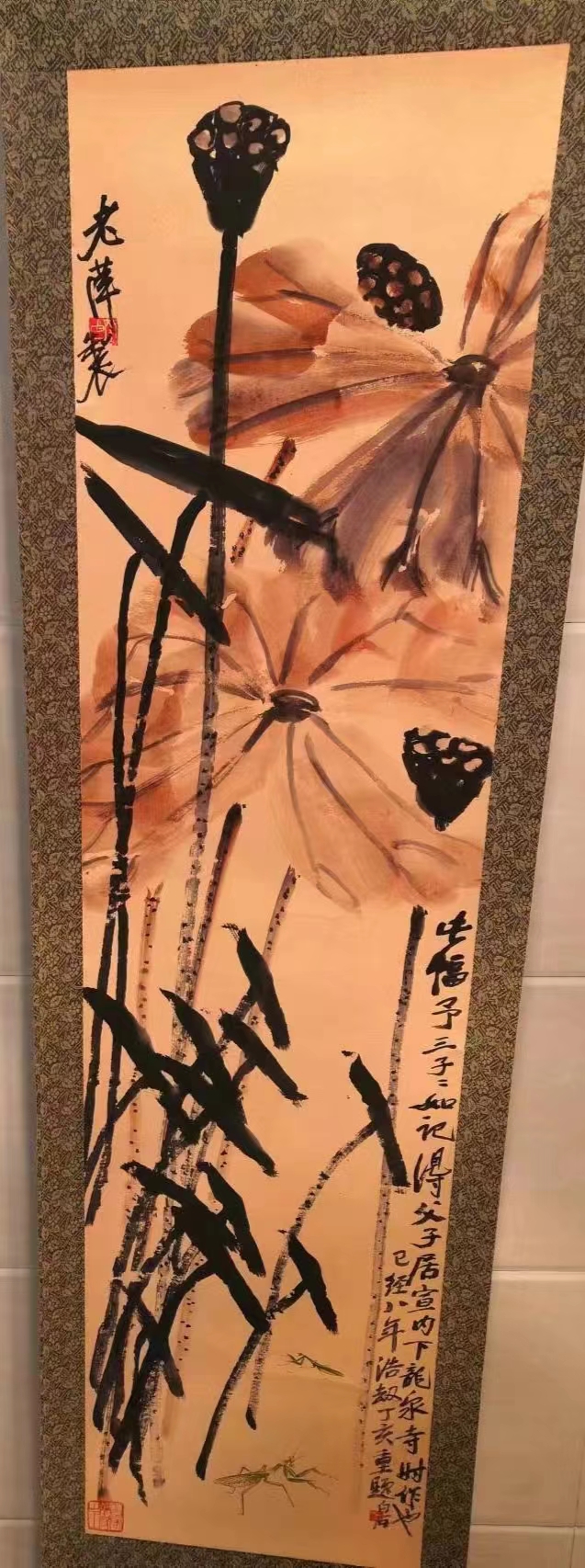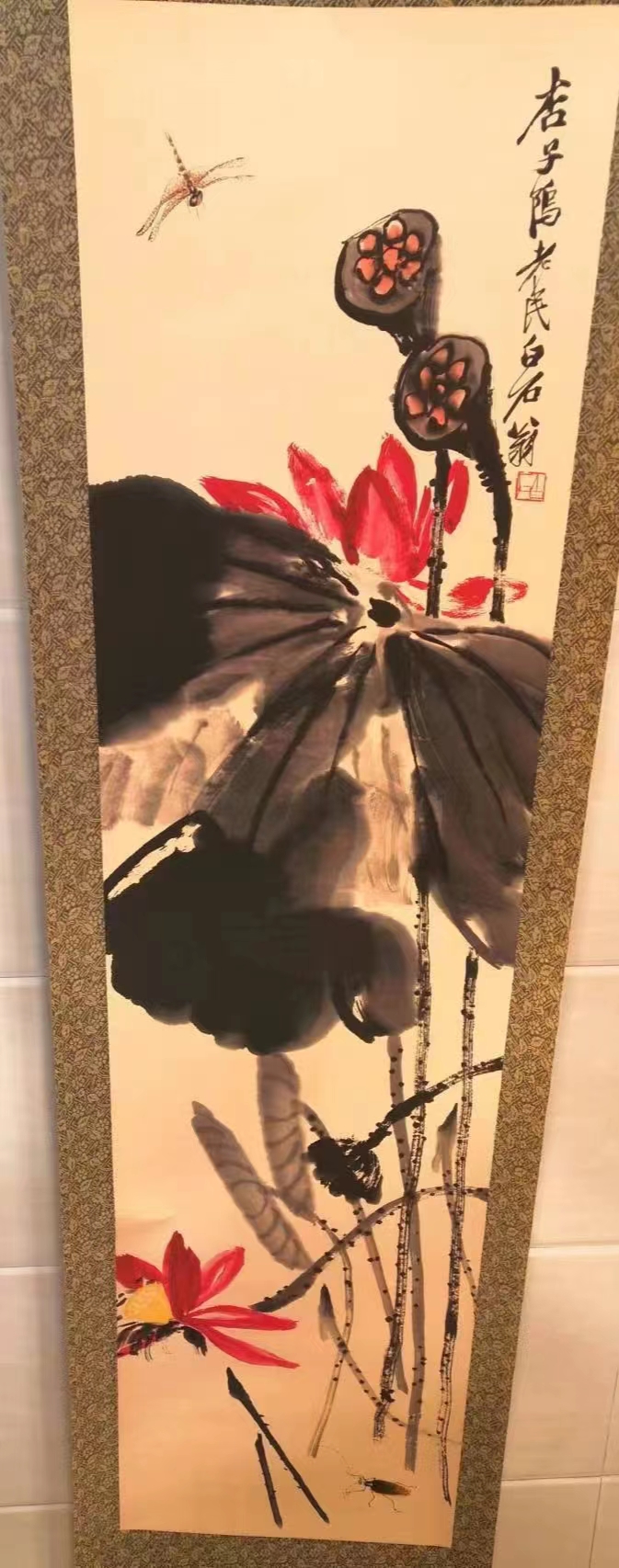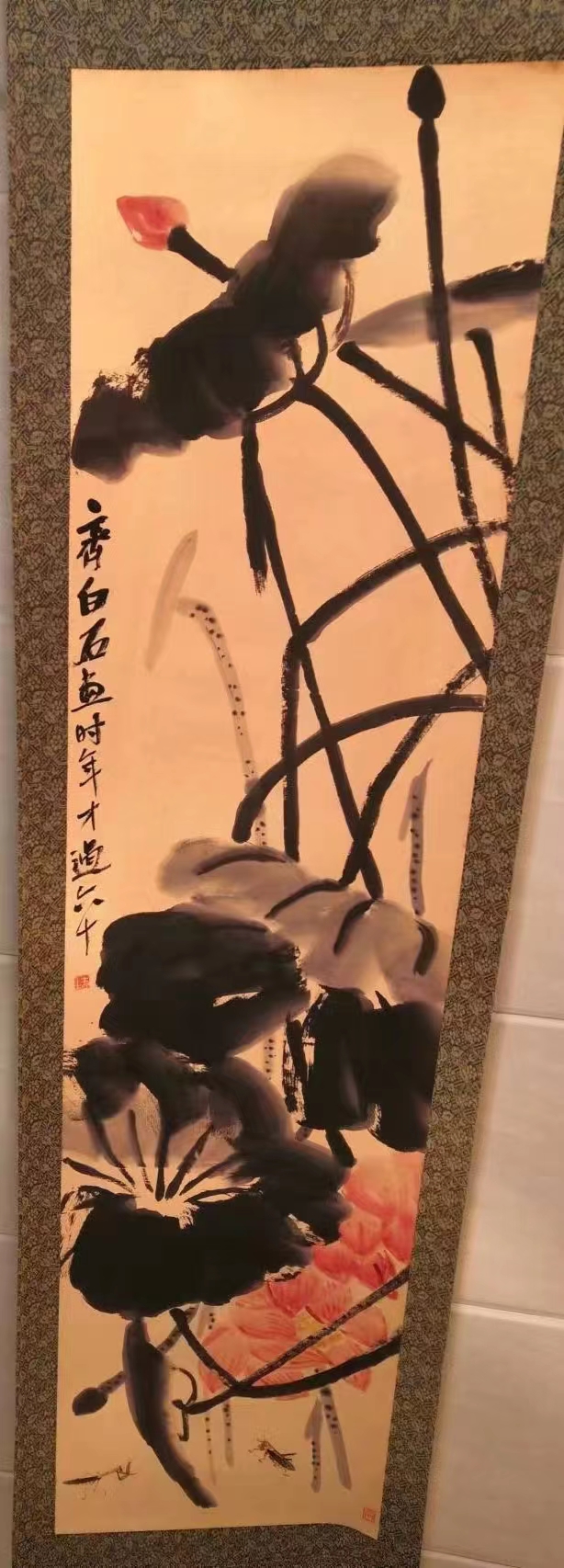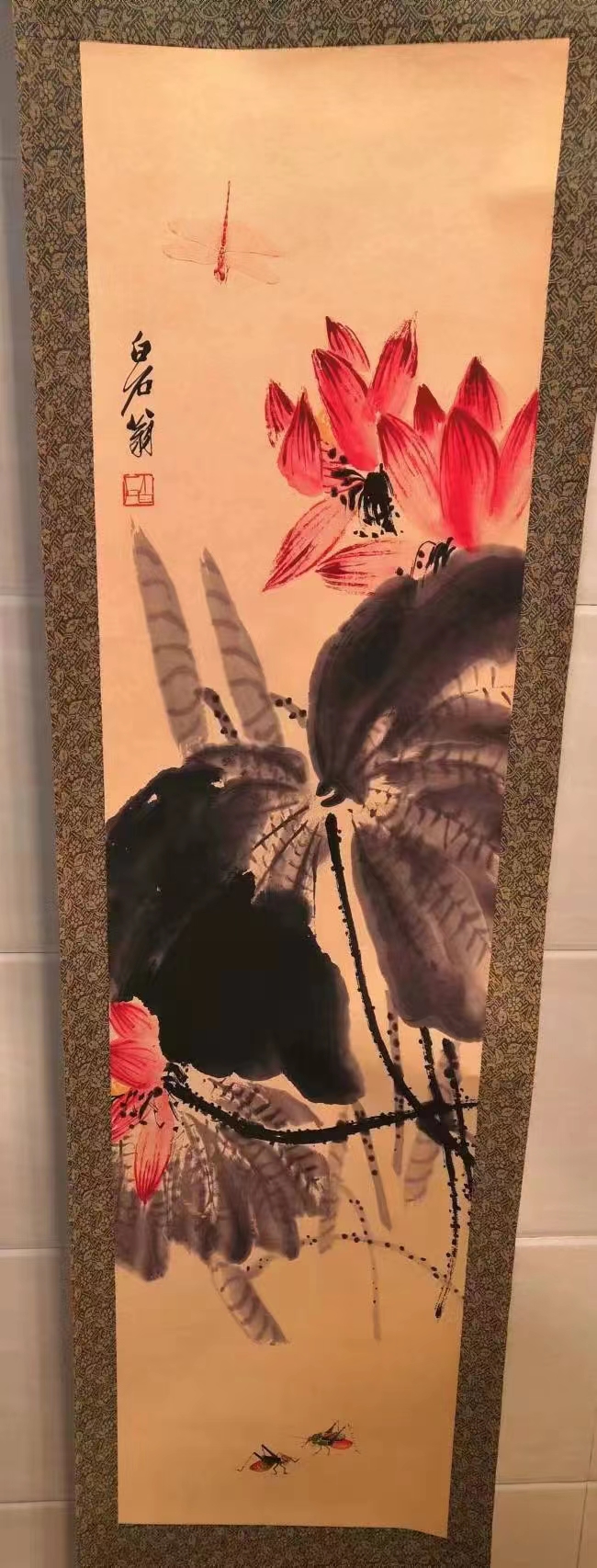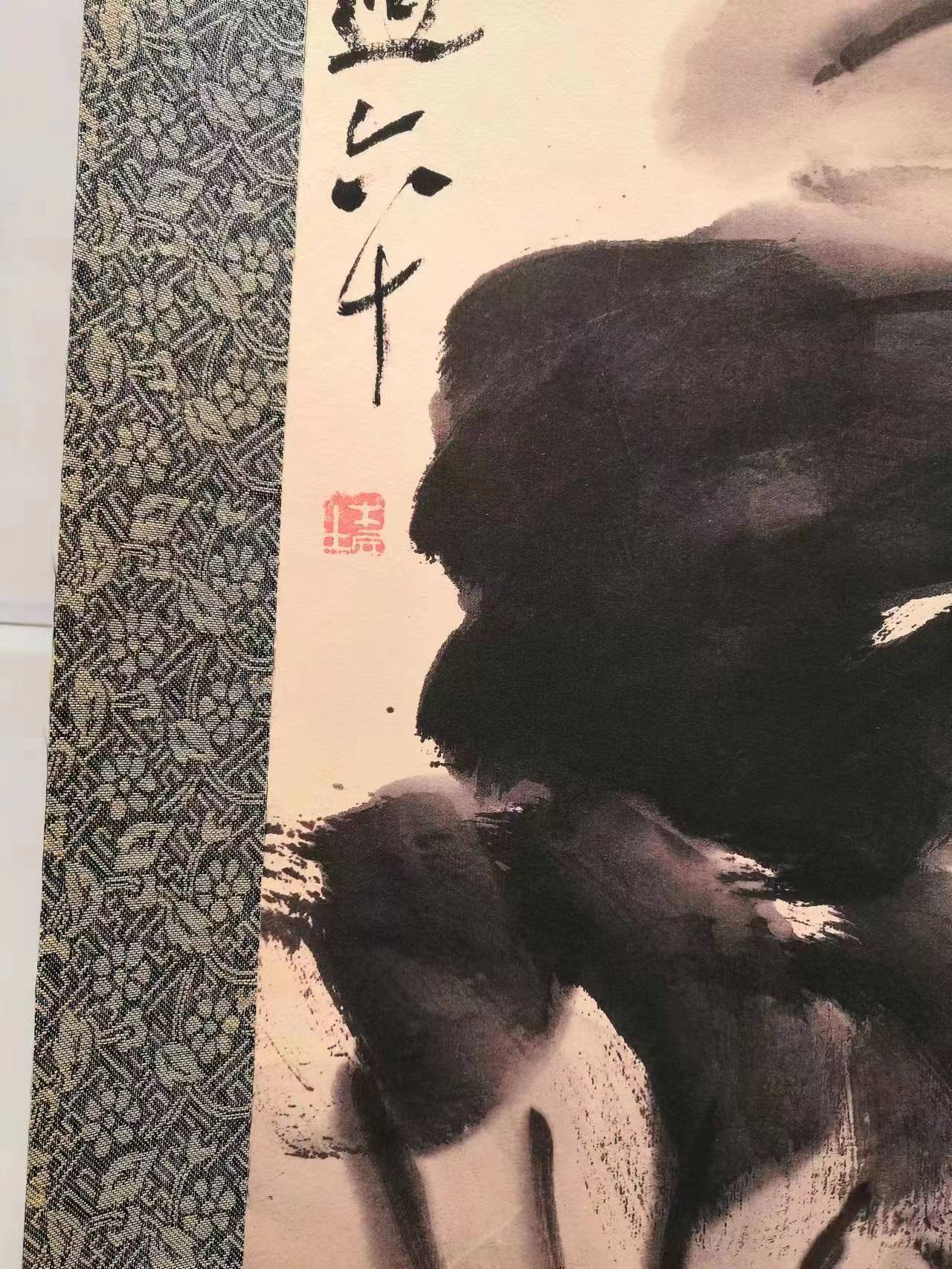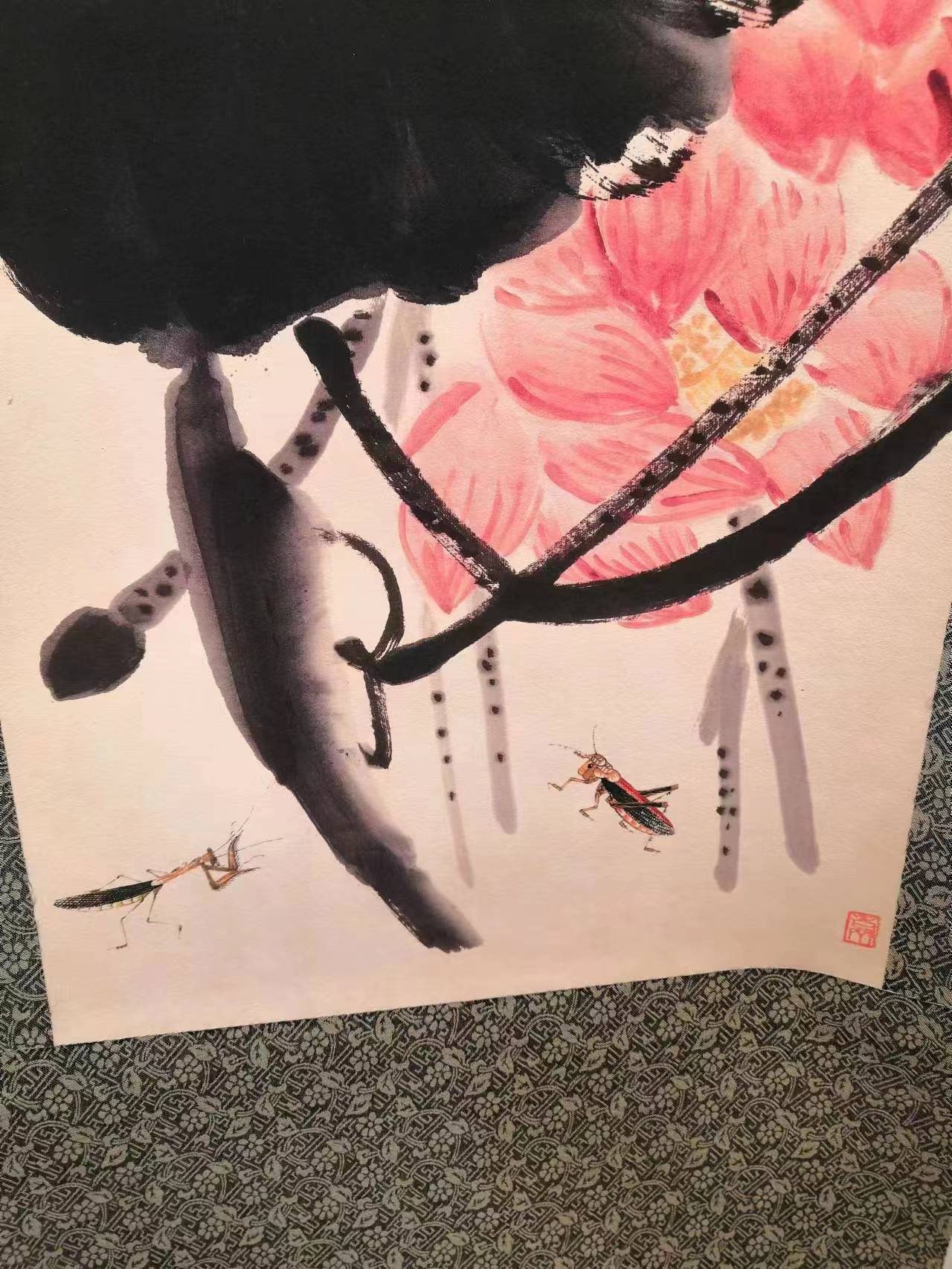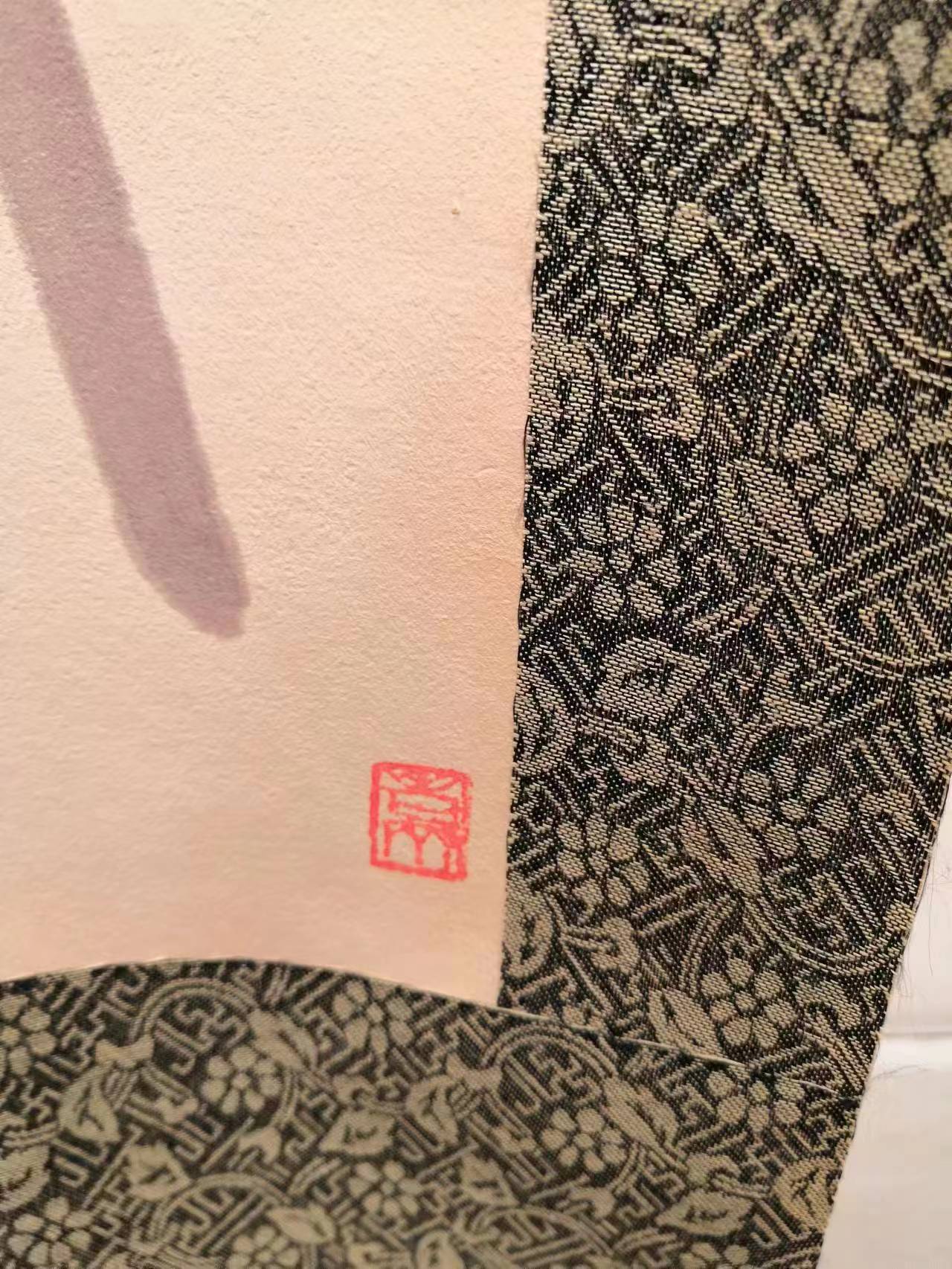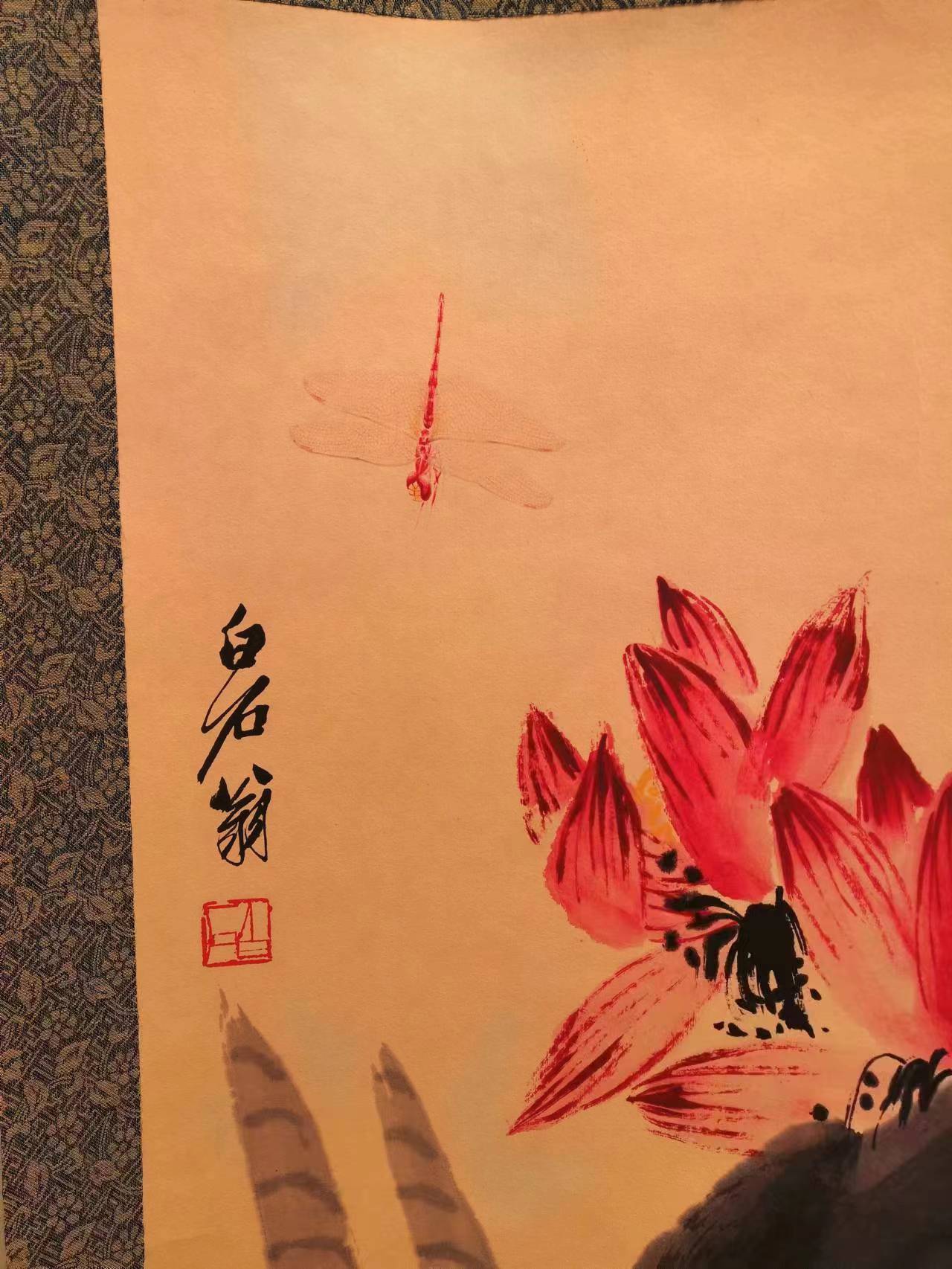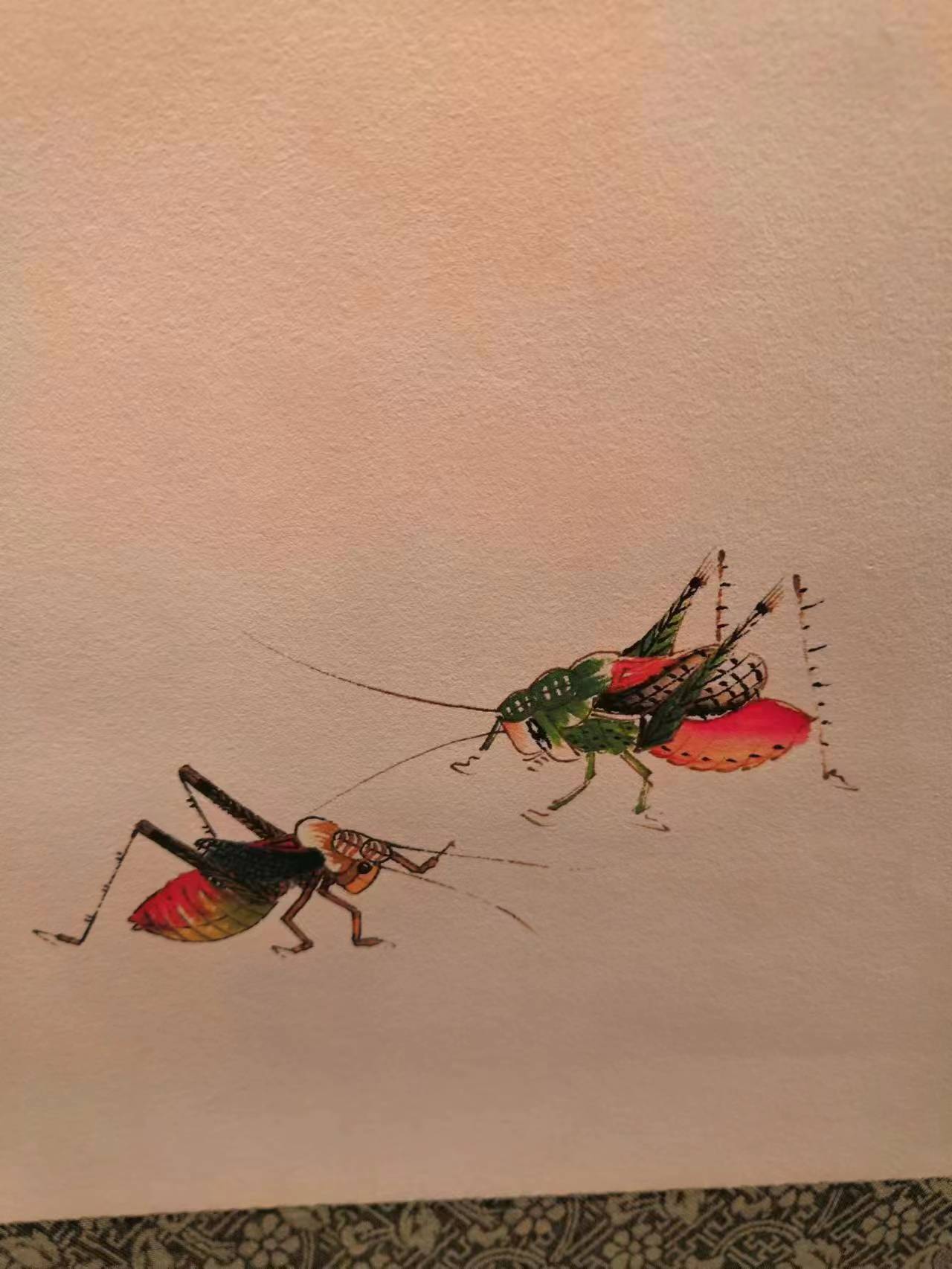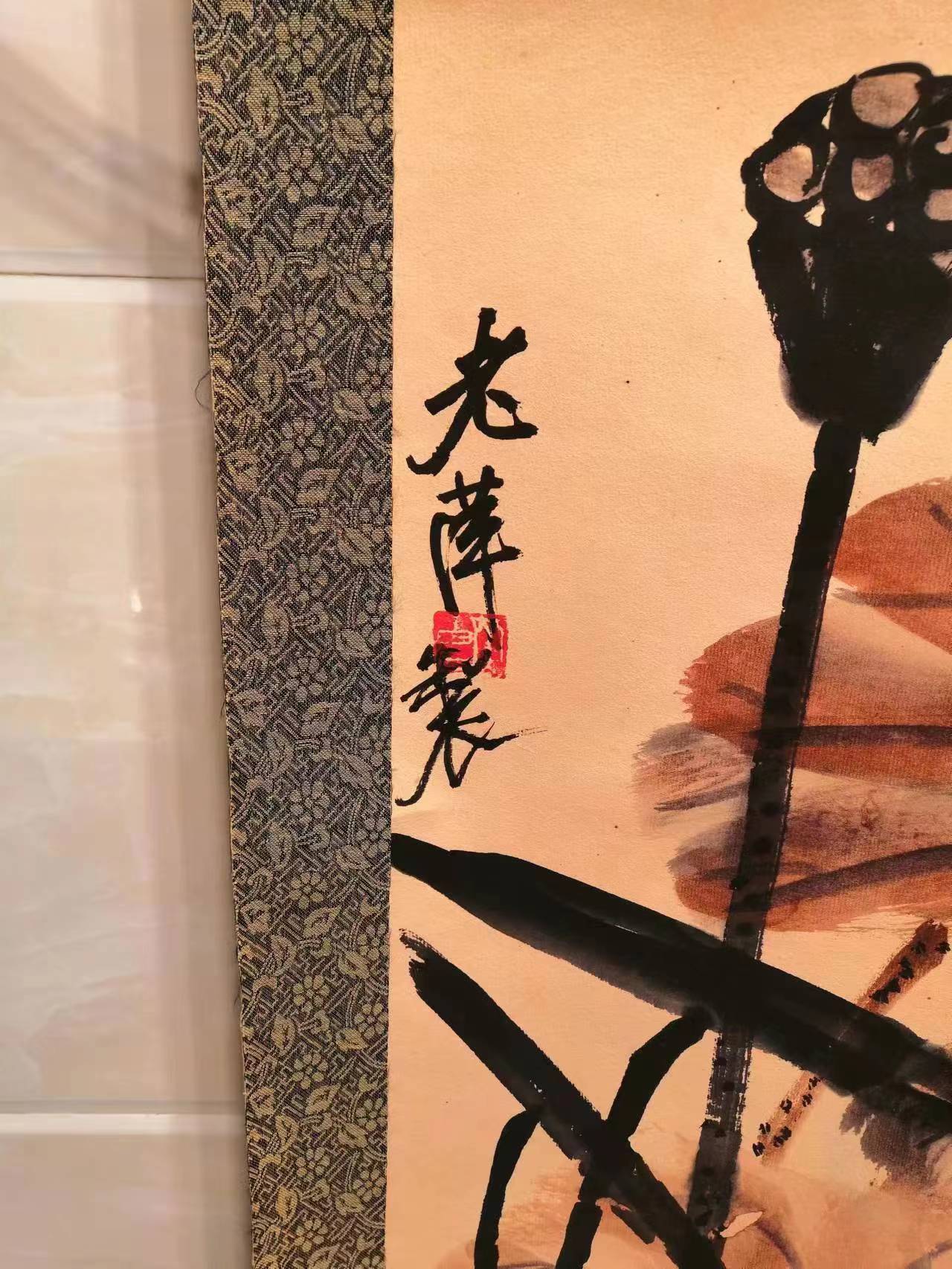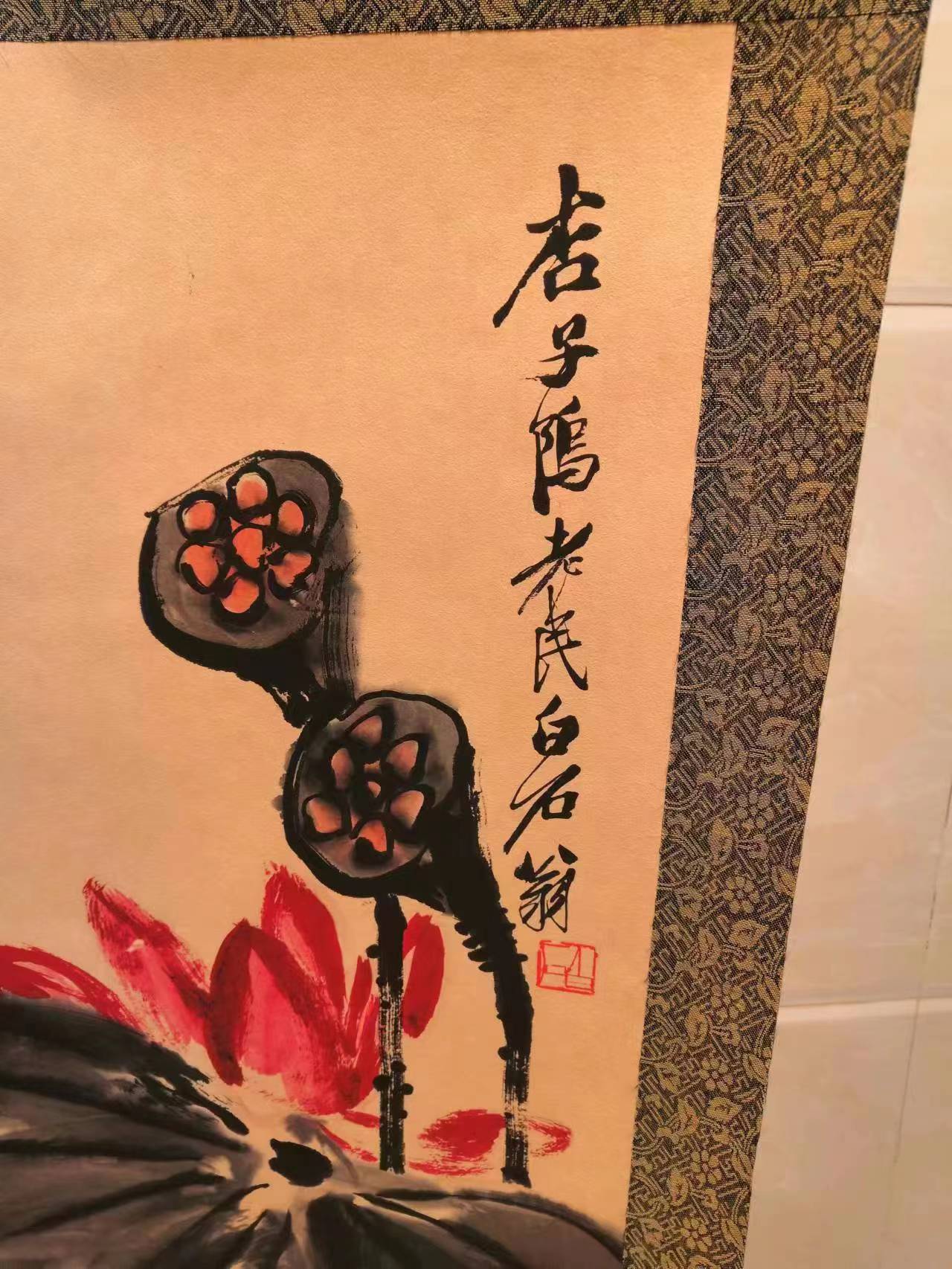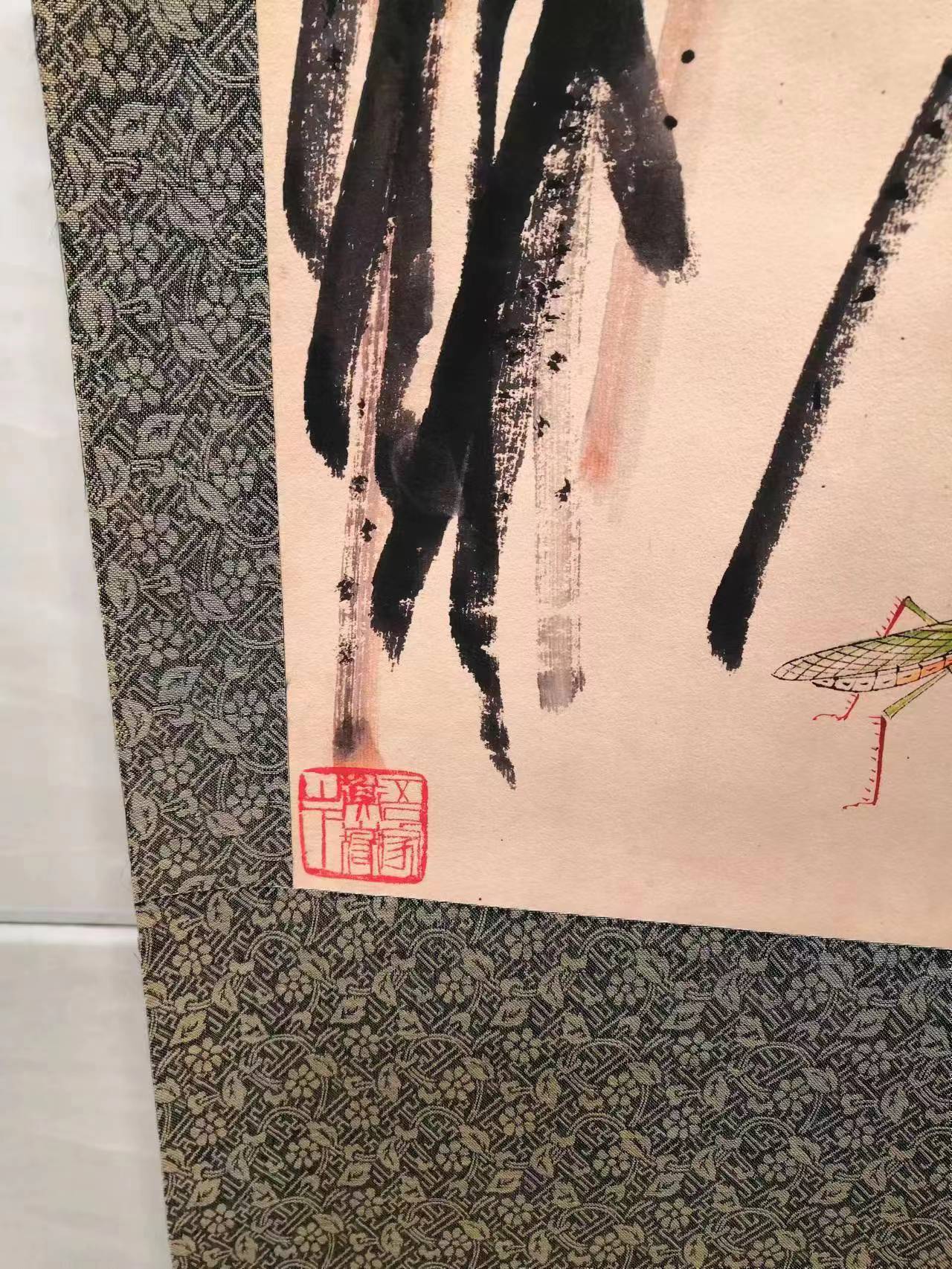该件标的为:齐白石荷花四条屏。该件作品保存完整,用墨精炼,笔锋苍劲有力,意境独特,画作的描摹也是栩栩如生。齐白石(1864年1月1日—1957年9月16日),汉族,湖南湘潭人 ,名璜,字萍生,号白石、白石翁、老白,又号寄萍、老萍、借山翁、齐大、木居士、三百石印富翁,中国近现代书画家、书法篆刻家,其主要绘画作品有《墨虾》《牧牛图》《蛙声十里出山泉》《松柏高立图·篆书四言联》等,著有《借山吟馆诗草》《白石诗草》等诗集,出版有三卷本《齐白石作品选集》《齐白石山水画选》等画册.而且书画类藏品作为收藏三大项之一,其市场关注度一直不错。近年来,由于我国加大了对文化产业的重视,导致艺术品的身价水涨船高,珍稀的艺术品其市场热门度,成交率都非常不错。投资艺术品也成为众多投资者的第一选择。所以无论从收藏角度还是经济价值角度来看,该件藏品都十分值得入手
The item is marked as: Qi Baishi Lotus Four Screens. This work is well preserved, with refined ink, powerful and vigorous strokes, and a unique artistic conception. The depiction of the painting is also lifelike. Qi Baishi (January 1, 1864 – September 16, 1957), a Han Chinese from Xiangtan, Hunan, was named Huang, with the courtesy name Pingsheng. He was also known as Baishi, Baishiweng, and Laobai, and was also known as Jiping, Laoping, Jieshanweng, Qi Da, Mu Jushi, and the Three Hundred Stone Engraving Rich Man. He was a modern Chinese calligrapher, painter, and seal engraver. His main painting works include "Ink Shrimp", "Cattle Shepherd Picture", "Frog Sound Leaving a Spring Ten Miles Out of the Mountain", "Pine and Cypress Gao Li Tu · Seal Script Four Character Couplet", and he has published poetry collections such as "Borrowing Mountain Inscription Hall Poetry Grass" and "White Stone Poetry Grass". Three volume albums such as "Selected Works of Qi Baishi" and "Selected Landscape Paintings of Qi Baishi". Moreover, as one of the three major collections, calligraphy and painting collections have always received good market attention. In recent years, due to China's increased emphasis on the cultural industry, the value of artworks has skyrocketed, and the market popularity and transaction rate of rare artworks are very good. Investing in art has also become the first choice for many investors. So from both a collection perspective and an economic value perspective, this collection is definitely worth buying



